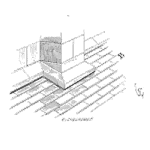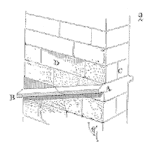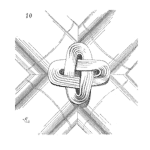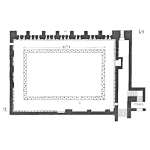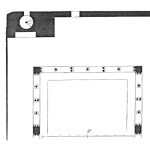
Today’s Gremlin – It’ll never work here is the first one we’ll deal with. We’ve all run into him at one point or another. “It’ll never work here” is someone, or many, who has / have been around for a long time. This is one of the many gremlins we talked about when we introduced this series of articles.
[Read more…]






